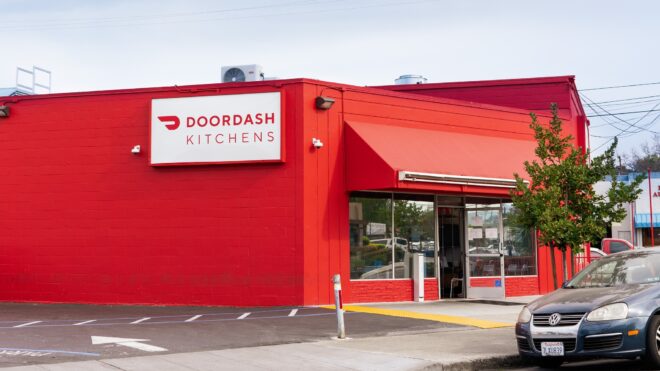Ketchup is, hands down, my all-time favorite condiment. Sweet, savory, and magical, the tangy sauce is the perfect accompaniment to so many classically American meals.
In fact, we love it so much, more than 10 billion ounces of ketchup are purchased annually in the country!
And though we're most familiar with brands like Heinz and Hunt's, recipes for ketchup existed centuries before — and most of them were actually brought over to America from faraway countries through trade.
Because we love exploring food culture and history here at LittleThings — we even looked into the origins of all our favorite Thanksgiving foods! — we decided to dig deeper into the history and origins of ketchup, the nation's favorite condiment.
Travel through history with us, and discover the savory sauce's humble beginnings, and a time when it used to be made with things like oysters, mace, and celery salt.
Let us know what you think of this look at food history in the comments below!
Ketchup can be found in nearly 97 percent of American households. But despite drizzling it over our hot dogs and fries, what do we really know about this tangy sauce?

The Chinese were the first people to utilize any form of ketchup. Records from 300 B.C. showed that the Chinese made a fermented fish paste, called 'ge-thcup, or 'koe-cheup,' in the Southern Min dialect.


The easily storable food was brought along to regions in Southeast Asia, and eventually made its way into the hands of Dutch and English sailors in the 1600s — who called it 'catsup,' or 'ketchup.' It was loved by many because it could travel and preserve well.
By the mid-18th century, ketchup had become a staple in the English kitchen. This was largely because great amounts of exotic new spices had made their way into the country through trade with faraway colonies.
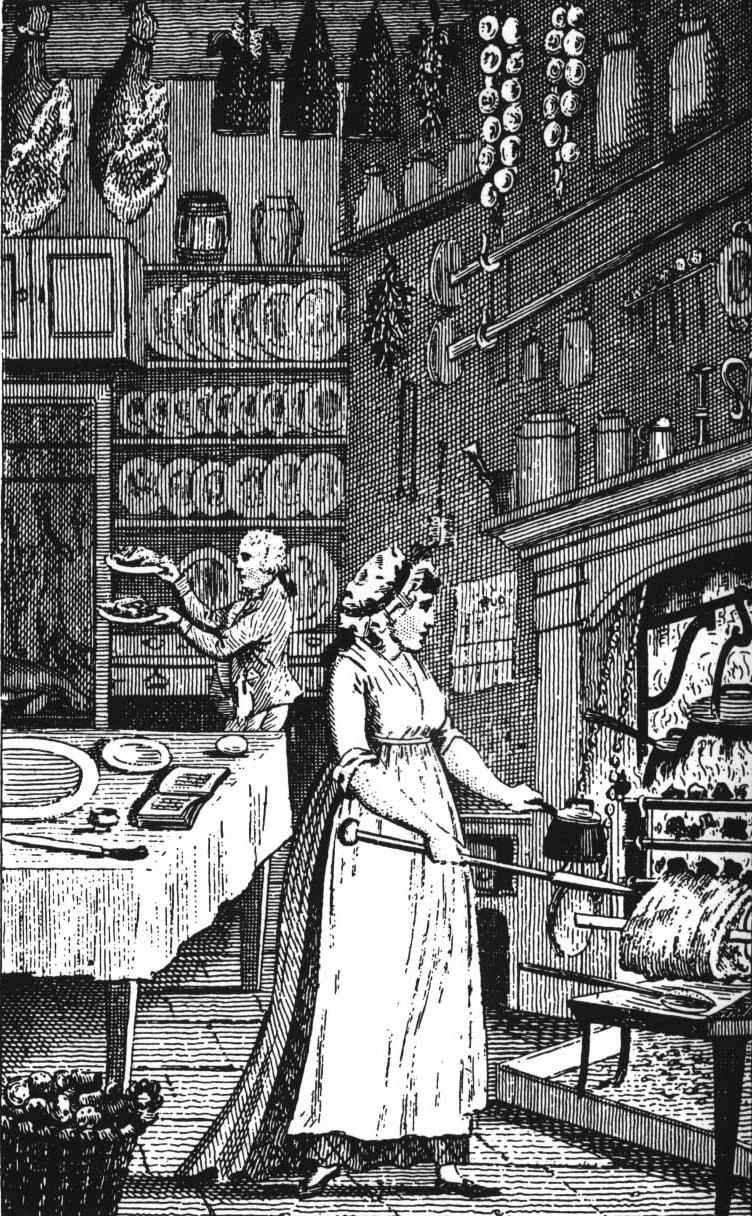
English cooks made their own form of ketchup with spices like cinnamon, mustard seeds, nutmeg, and cayenne pepper. In 1758, a famous recipe for 'English Katchup' also threw in anchovies, garlic cloves, and ginger, and was commonly eaten with meat and fish.
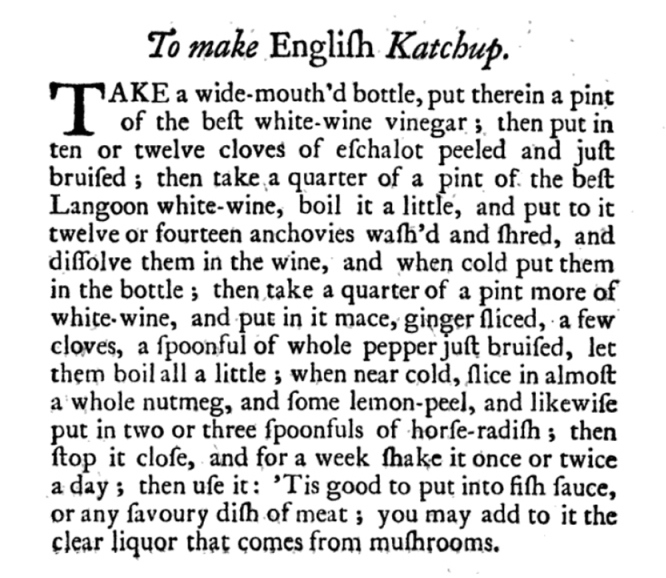
Colonial Americans were bound to have brought over the recipes for ketchup during the 1700s. Because the tomato is native to North America, it is incredibly likely that the first tomato ketchup would have been invented here in the colonies.
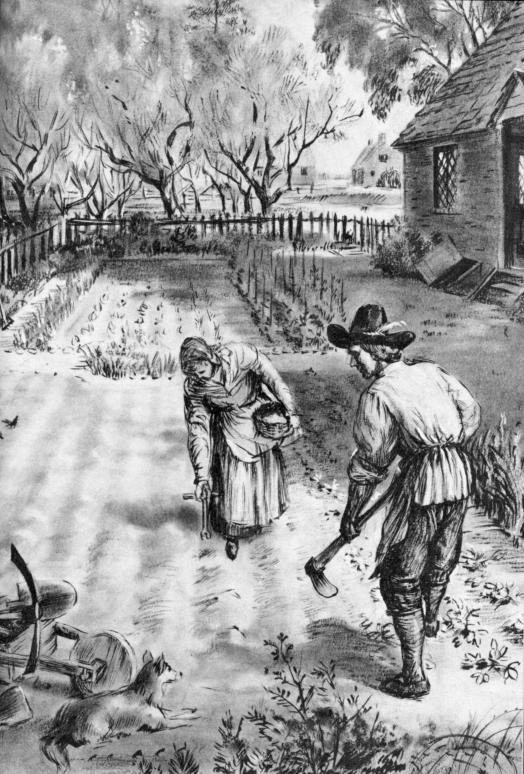
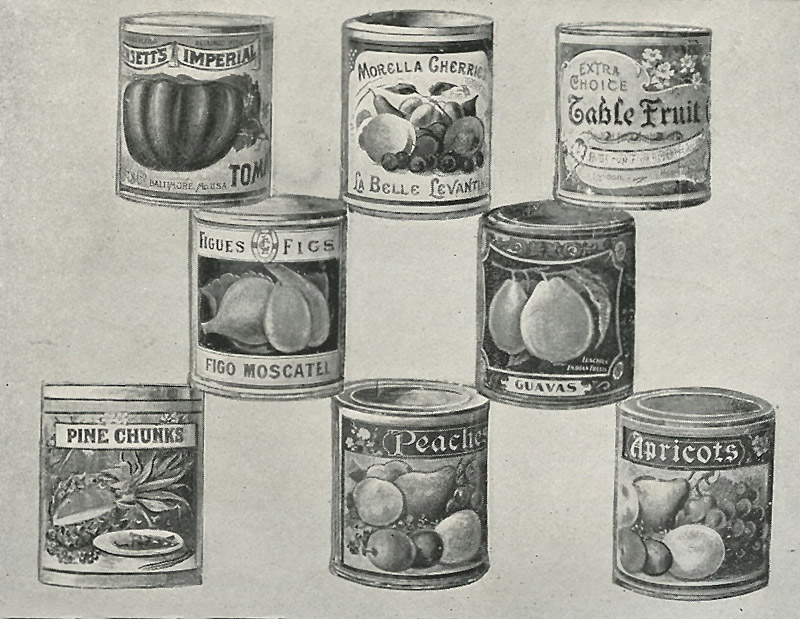
In 1812, Philadelphia scientist James Mease published the first known recipe for tomato ketchup. Hundreds of variations on the recipe soon followed, and continued to include ingredients for the traditional fish sauce — including lemon, walnut, oyster, elderberry, and beer.
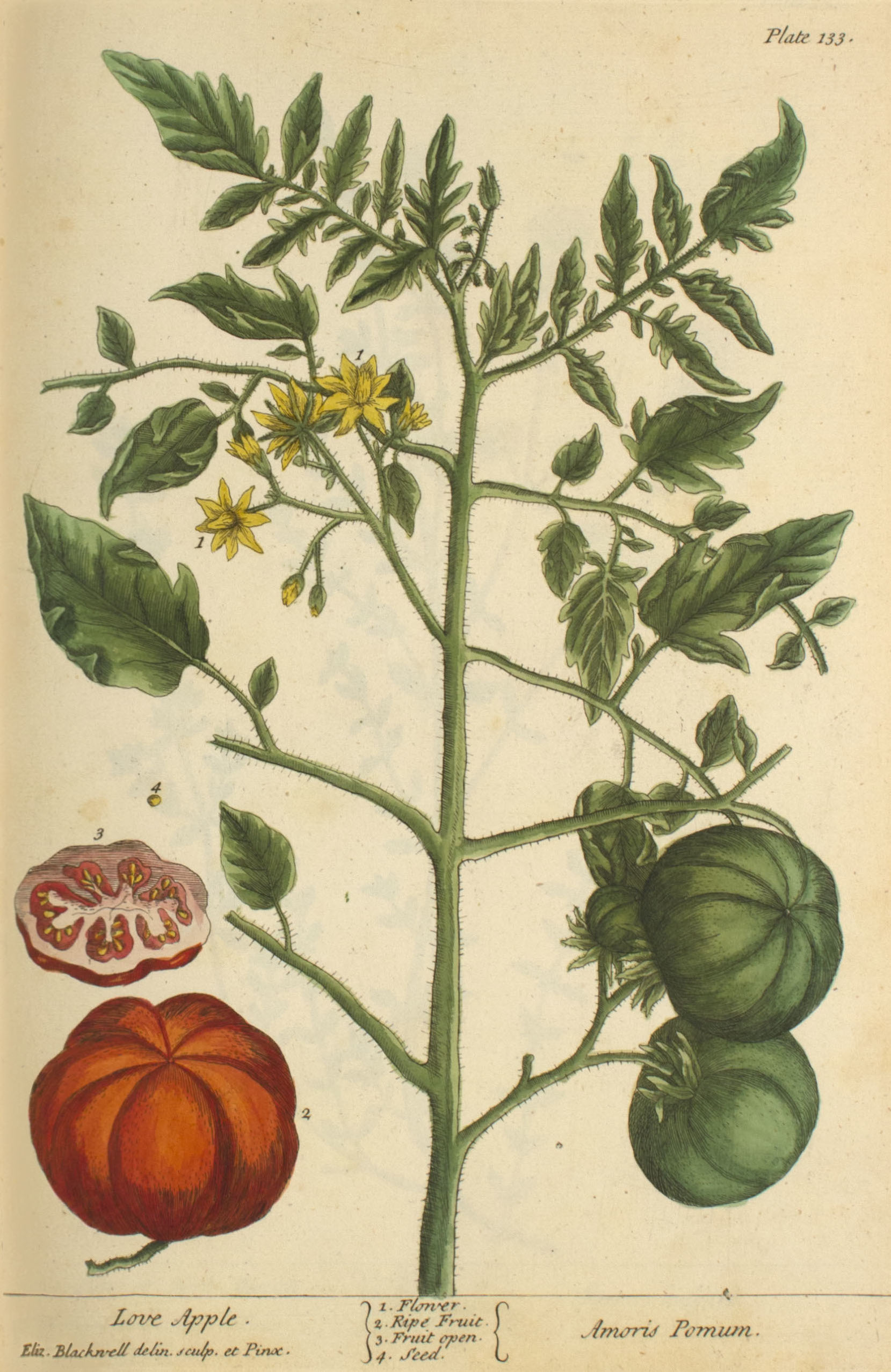
By 1835, ketchup wasn't something found on every dining table — but it could have been found in medicine cabinets! Thanks to Dr. John Cook Bennett, 'tomato pills' or 'love apple pills' were sold as remedies for diarrhea, jaundice, and indigestion. However, these pills neither worked nor contained any tomato. They fell out of favor by 1840.
1882 would mark a real change in how ketchup was marketed and distributed. That year, Henry J. Heinz began patenting the first Heinz ketchup bottles by founding his Pittsburgh-based H.J. Heinz Company.
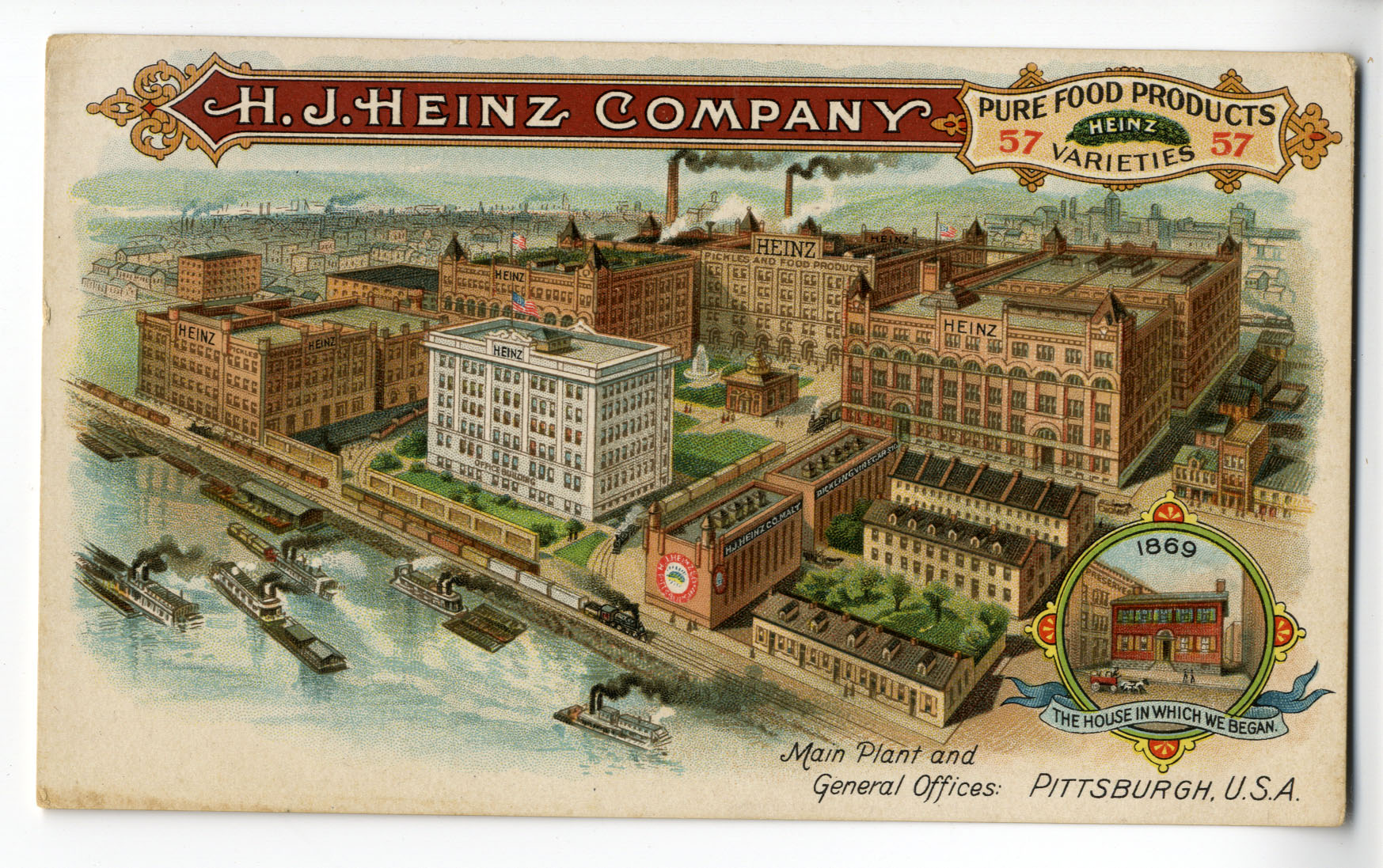
By 1896, The New York Tribune declared tomato ketchup to be America’s national condiment, which was 'on every table in the land.'

Henry Heinz felt that American consumers didn’t want any kind of chemicals in their ketchup. Thus, he developed a recipe that used only the ripest red tomatoes, and a higher amount of vinegar, to keep the bottles from spoiling.
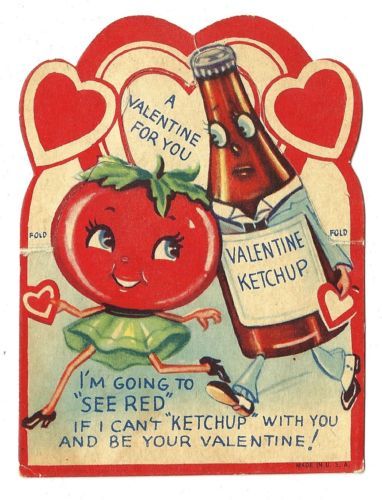
By 1905, the preservative-free ketchup had sold 5 million bottles. A few years later, cookbook recipes for ketchup slowly became obsolete, as home cooks no longer needed to make ketchup from scratch.
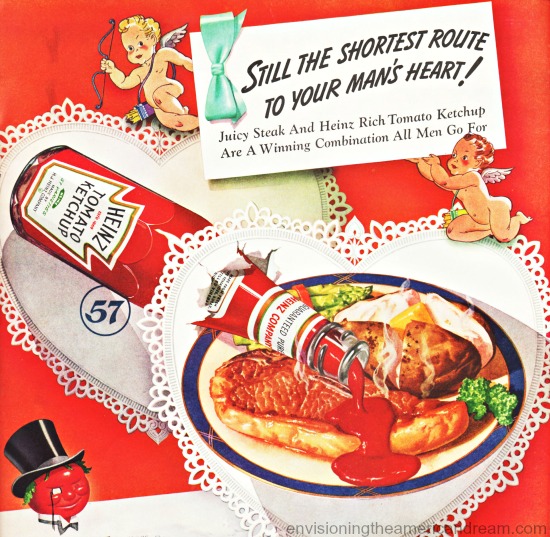
Store-bought ketchup eventually began to appear in many household recipes, including basic barbecue and cocktail sauces, Thousand Island dressing, and red remoulade, just to name a few.
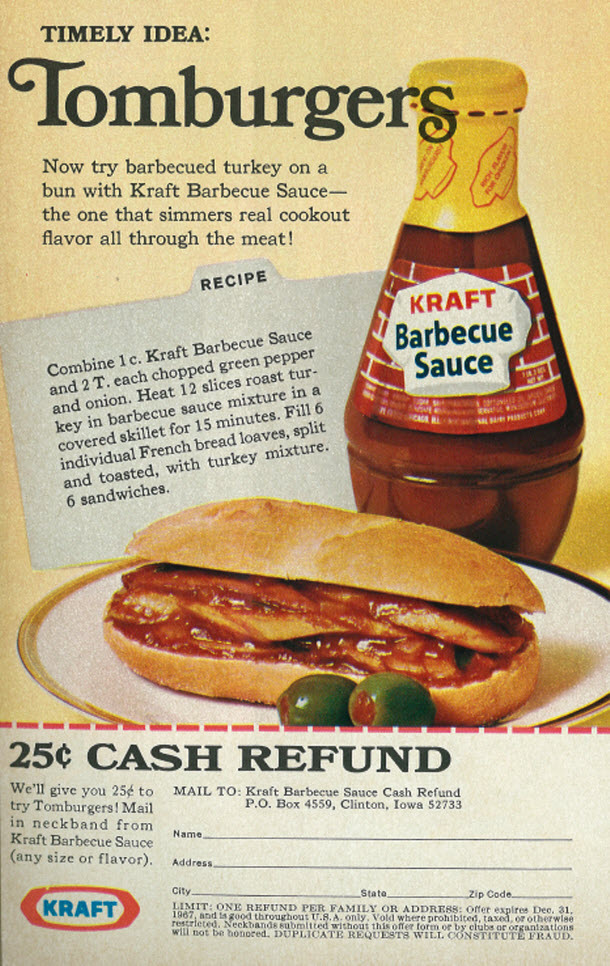
Fast-forward a couple of decades, and the condiment has begun to change yet again. Today, many restaurants are putting 'alternative' and 'artisanal' ketchups on their menus.
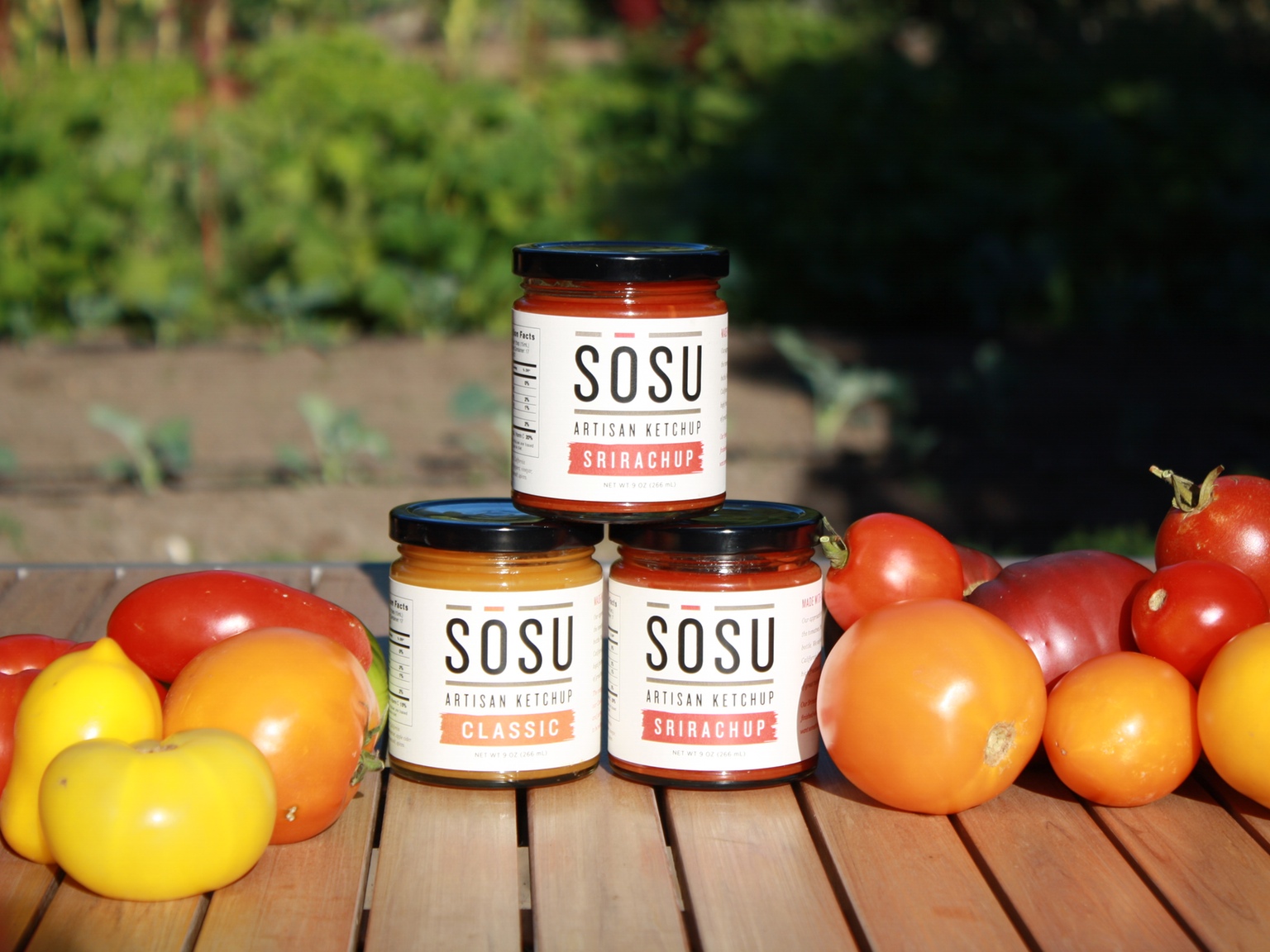
More cutting-edge kitchens, like the one at Plan Check in L.A., are pioneering ketchups with bizarre textures — like their famous 'ketchup leather.'

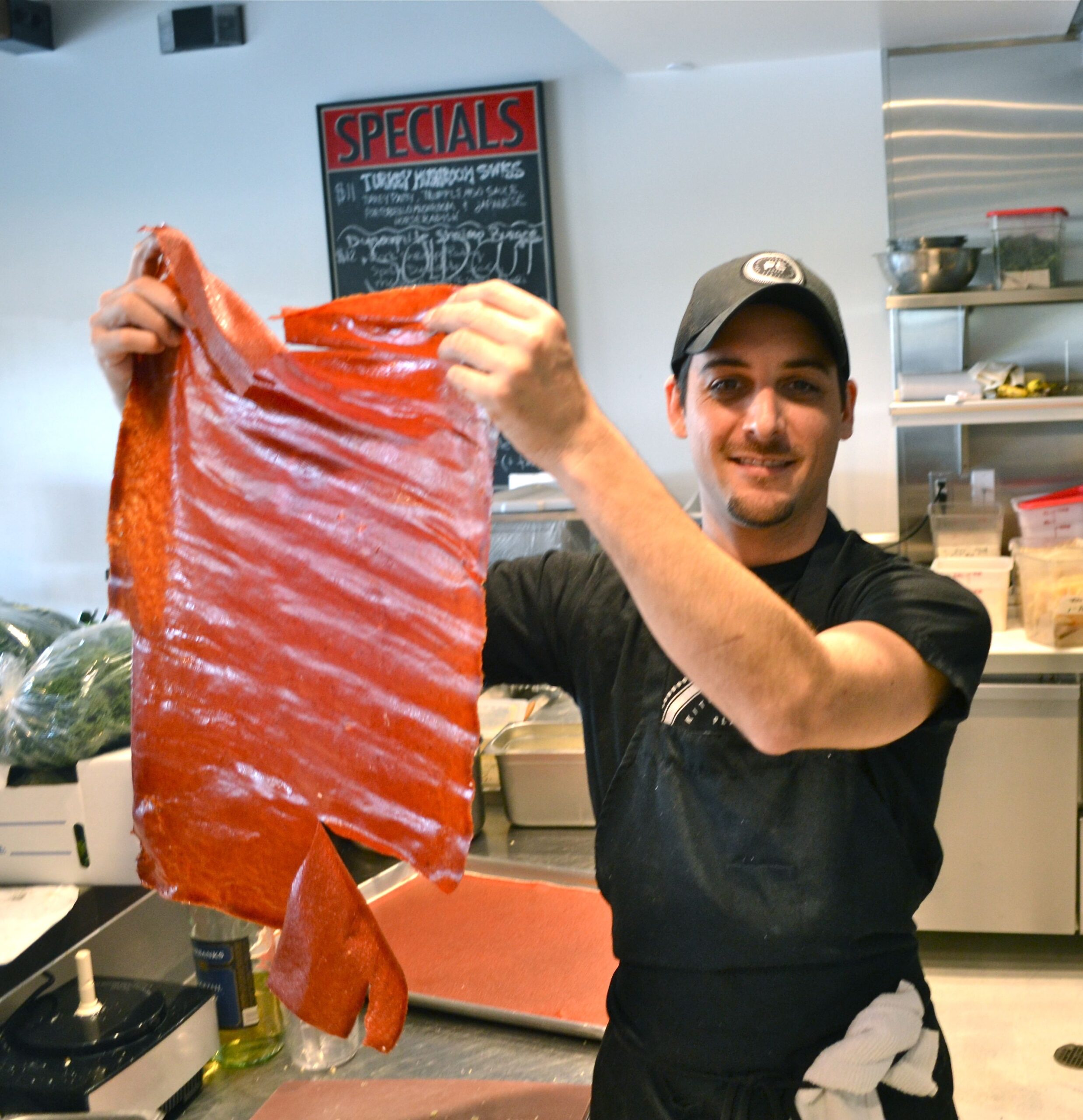
To make their Fruit Roll-Up–like 'ketchup leather,' the chefs at Plan Check combine tomato paste, soy sauce, garlic, and spices, before dehydrating the mixture. When the ketchup squares are put onto the burger patties before service, they automatically melt.
No matter what form ketchup takes, it's sure to remain an American classic for years to come!

Do you like ketchup? Let us know below!
Please SHARE with all the ketchup-lovers you know!

